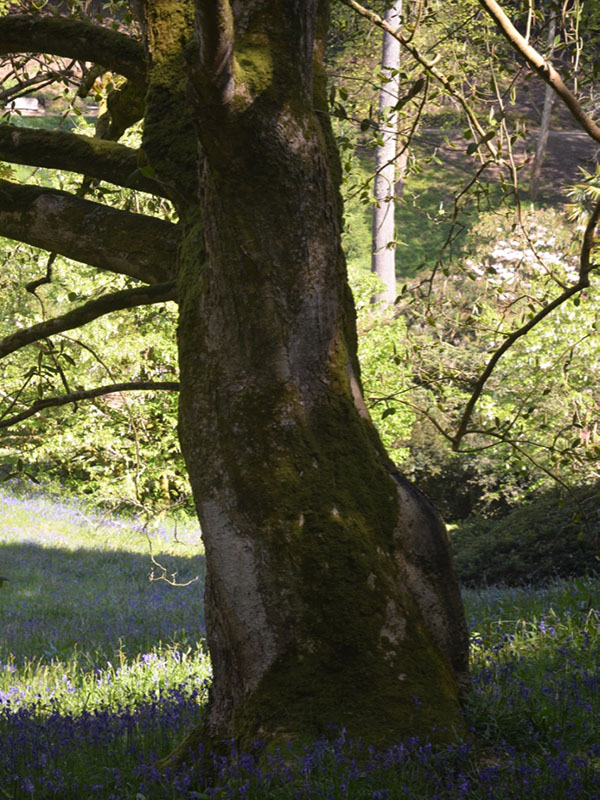
Woody > Laureliopsis > Laureliopsis phillippiana > Laureliopsis phillippiana
Laureliopsis phillippiana
Tepa, Vauván, Huahuán
Origin: Native to Chile and Argentina.
| Family |
| Monimiaceae |
| Genus |
| Laureliopsis |
| Species |
| phillippiana |
| Category |
| Woody |
| Type |
| Tree (evergreen) |
| Synonyms |
| Laurelia philippiana, Laurelia serrata |
| USDA Hardiness Zone |
| 6b - 8b |
| Canadian Hardiness Zone |
| Requires cold season protection under glass. |
| RHS Hardiness Zone |
| H6 - H4 |
| Temperature (°C) |
| (-20.5) - (-9.4) |
| Temperature (°F) |
| - 5 - 15 |
| Height |
| 12 m |
Photographs
Description and Growing Information
Flowering Period
| Cultivation |
| Grow in sandy, loamy and clay soils that are well-drained. It cannot grow in the shade. It prefers dry soil and can tolerate drought. |
| Shape |
| Broadly columnar. |
| Habitat |
| It grows on humid and deep soils. |
| Bark/Stem Description |
| A thin bark, and aromatic wood. |
| Leaf Description |
| Aromatic, oblong, attenuate at the base, glossy, leathery, the midrib with yellow hairs, the edges are heavily toothed in the two upper thirds, every tooth ends in a small point. |
| Fruit Description |
| An oval, about 1-1.3 cm long, formed by the perigonium that wraps several carpels, hairy, dark brown, spindle-shaped seeds. |
| Notable Specimens |
| Trebah Garden Trust, Mawnan Smith, Falmouth, Cornwall, United Kingdom. |
| Ethnobotanical Uses (Disclaimer) |
| The wood is used in construction. |
